
Fig. 1 Possibly English trim shears. Forge welded handles. Decorative bolt serpentine stems. Very detailed and exquisitely crafted. My guess is these are quite old. Based on some of my research these could exceed 200 years or more.

Fig. 1 Possibly English trim shears. Forge welded handles. Decorative bolt serpentine stems. Very detailed and exquisitely crafted. My guess is these are quite old. Based on some of my research these could exceed 200 years or more.

Fig. 1 Possibly English trim shears. Forge welded handles. Decorative bolt serpentine stems. Very detailed and exquisitely crafted. My guess is these are quite old. Based on some of my research these could exceed 200 years or more.

Fig. 1 Possibly English trim shears. Forge welded handles. Decorative bolt serpentine stems. Very detailed and exquisitely crafted. My guess is these are quite old. Based on some of my research these could exceed 200 years or more.

Fig. 1 Possibly English trim shears. Forge welded handles. Decorative bolt serpentine stems. Very detailed and exquisitely crafted. My guess is these are quite old. Based on some of my research these could exceed 200 years or more.
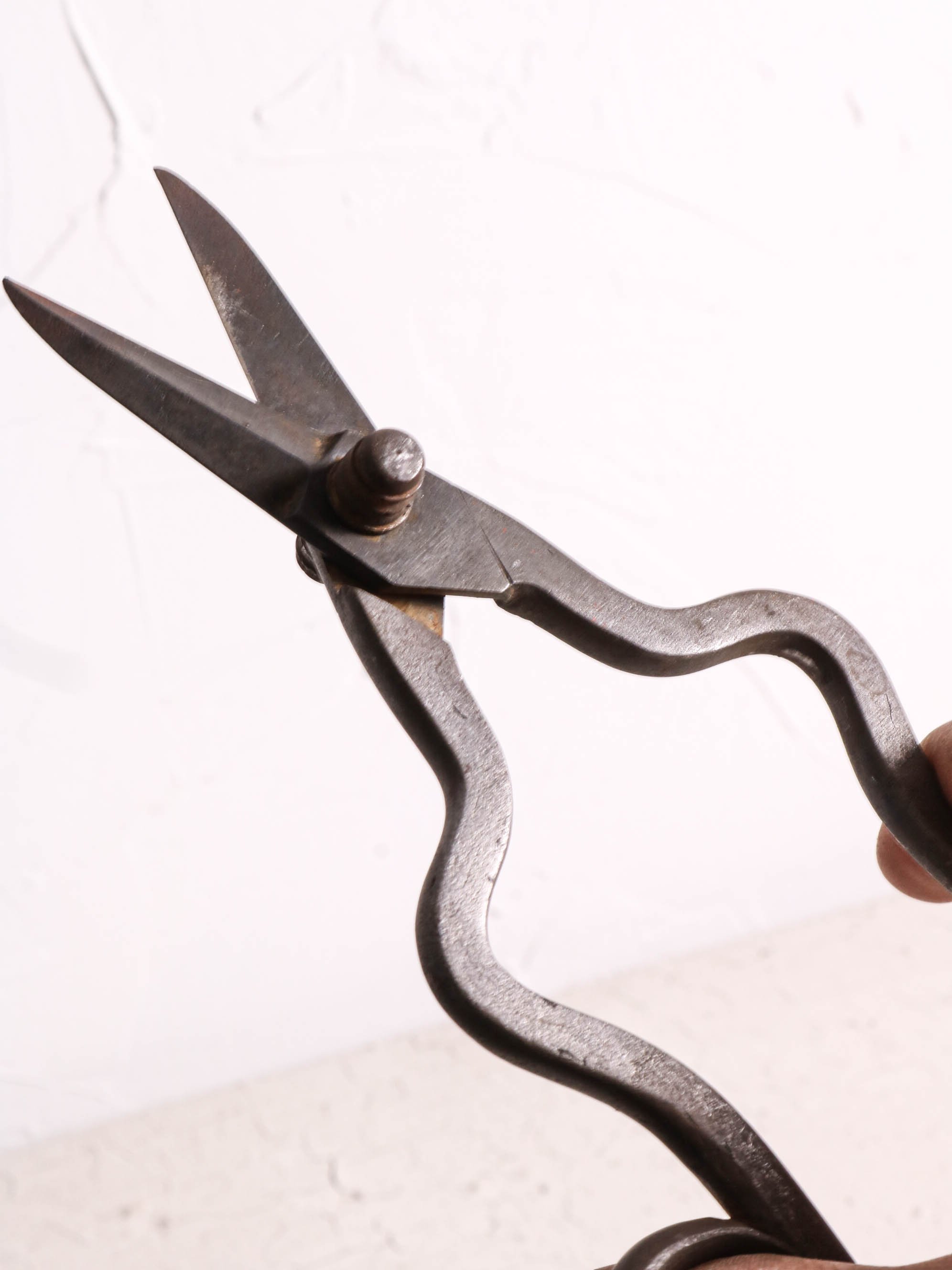
Fig. 1 Possibly English trim shears. Forge welded handles. Decorative bolt serpentine stems. Very detailed and exquisitely crafted. My guess is these are quite old. Based on some of my research these could exceed 200 years or more.

Fig. 1 Possibly English trim shears. Forge welded handles. Decorative bolt serpentine stems. Very detailed and exquisitely crafted. My guess is these are quite old. Based on some of my research these could exceed 200 years or more.

Fig. 1 Possibly English trim shears. Forge welded handles. Decorative bolt serpentine stems. Very detailed and exquisitely crafted. My guess is these are quite old. Based on some of my research these could exceed 200 years or more.

Fig. 1 Possibly English trim shears. Forge welded handles. Decorative bolt serpentine stems. Very detailed and exquisitely crafted. My guess is these are quite old. Based on some of my research these could exceed 200 years or more.

Fig. 1 Possibly English trim shears. Forge welded handles. Decorative bolt serpentine stems. Very detailed and exquisitely crafted. My guess is these are quite old. Based on some of my research these could exceed 200 years or more.

Fig. 1 Possibly English trim shears. Forge welded handles. Decorative bolt serpentine stems. Very detailed and exquisitely crafted. My guess is these are quite old. Based on some of my research these could exceed 200 years or more.

Fig. 2 English trim shears. Pre-1900. These are a great example of "SOOS" style handles that were made popular by the Brits up to 400 years ago or more and re-popularized by Ivan Smith and Jim Moore.

Fig. 2 English trim shears. Pre-1900. These are a great example of "SOOS" style handles that were made popular by the Brits up to 400 years ago or more and re-popularized by Ivan Smith and Jim Moore.
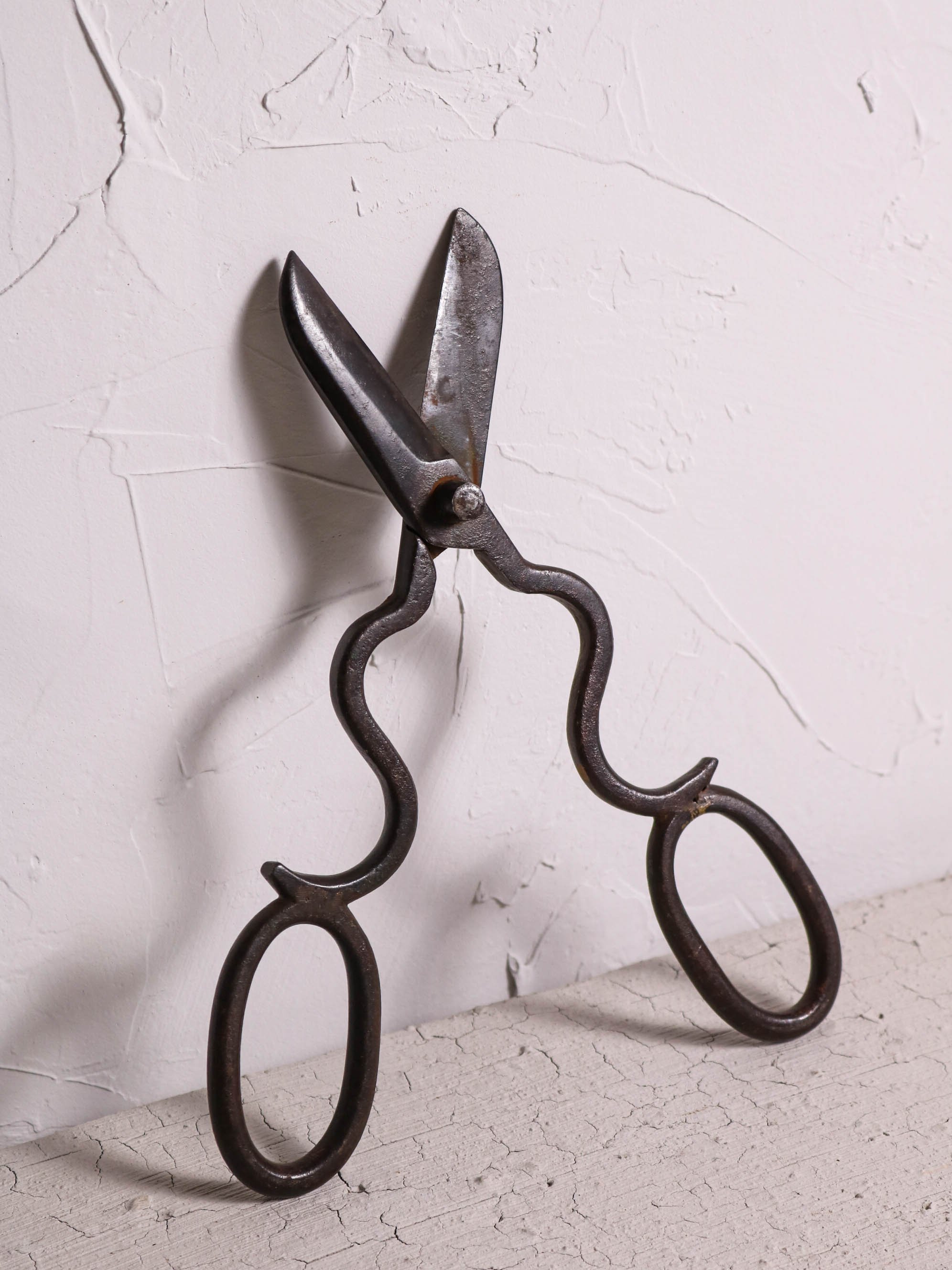
Fig. 2 English trim shears. Pre-1900. These are a great example of "SOOS" style handles that were made popular by the Brits up to 400 years ago or more and re-popularized by Ivan Smith and Jim Moore.

Fig. 2 English trim shears. Pre-1900. These are a great example of "SOOS" style handles that were made popular by the Brits up to 400 years ago or more and re-popularized by Ivan Smith and Jim Moore.

Fig. 2 English trim shears. Pre-1900. These are a great example of "SOOS" style handles that were made popular by the Brits up to 400 years ago or more and re-popularized by Ivan Smith and Jim Moore.

Fig. 2 English trim shears. Pre-1900. These are a great example of "SOOS" style handles that were made popular by the Brits up to 400 years ago or more and re-popularized by Ivan Smith and Jim Moore.

Fig. 2 English trim shears. Pre-1900. These are a great example of "SOOS" style handles that were made popular by the Brits up to 400 years ago or more and re-popularized by Ivan Smith and Jim Moore.

Fig. 2 English trim shears. Pre-1900. These are a great example of "SOOS" style handles that were made popular by the Brits up to 400 years ago or more and re-popularized by Ivan Smith and Jim Moore.

Fig. 3 Trim shears. Probably "Gadrat", French pre-1900. These came from a tool box of a Muranese glassblower.

Fig. 3 Trim shears. Probably "Gadrat", French pre-1900. These came from a tool box of a Muranese glassblower.

Fig. 3 Trim shears. Probably "Gadrat", French pre-1900. These came from a tool box of a Muranese glassblower.

Fig. 3 Trim shears. Probably "Gadrat", French pre-1900. These came from a tool box of a Muranese glassblower.

Fig. 3 Trim shears. Probably "Gadrat", French pre-1900. These came from a tool box of a Muranese glassblower.

Fig. 3 Trim shears. Probably "Gadrat", French pre-1900. These came from a tool box of a Muranese glassblower.

Fig. 3 Trim shears. Probably "Gadrat", French pre-1900. These came from a tool box of a Muranese glassblower.
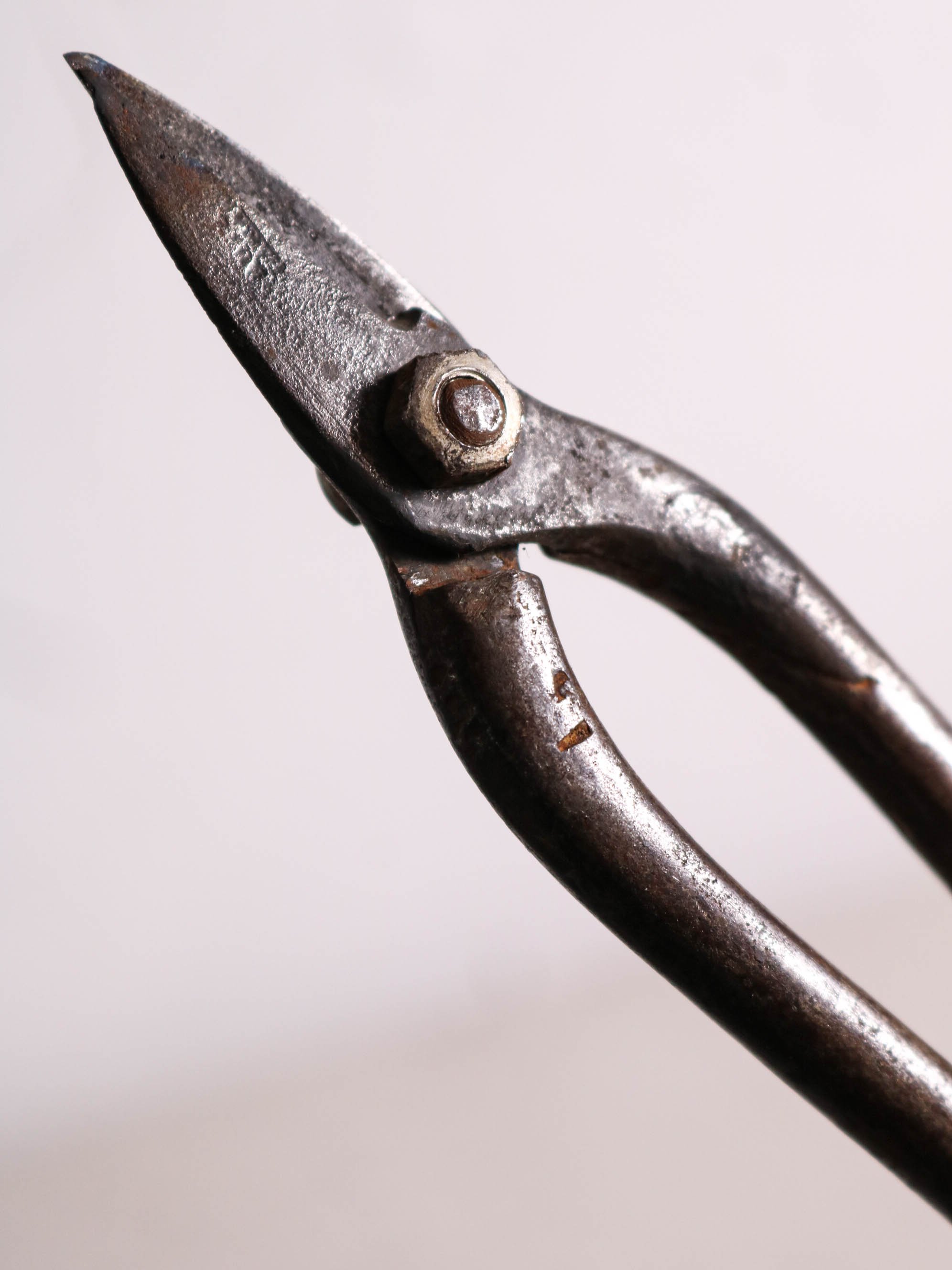
Fig. 3 Trim shears. Probably "Gadrat", French pre-1900. These came from a tool box of a Muranese glassblower.

Fig. 3 Trim shears. Probably "Gadrat", French pre-1900. These came from a tool box of a Muranese glassblower.

Fig. 3 Trim shears. Probably "Gadrat", French pre-1900. These came from a tool box of a Muranese glassblower.

Fig. 4 Trim shears. Probably French turn of the century. These are a popular in pre-war Italian toolboxes. They can be seen on Lino's bench until his retirement. This pair came from a glassblower who worked at Seguso's alongside Lino when they were children.

Fig. 4 Trim shears. Probably French turn of the century. These are a popular in pre-war Italian toolboxes. They can be seen on Lino's bench until his retirement. This pair came from a glassblower who worked at Seguso's alongside Lino when they were children.
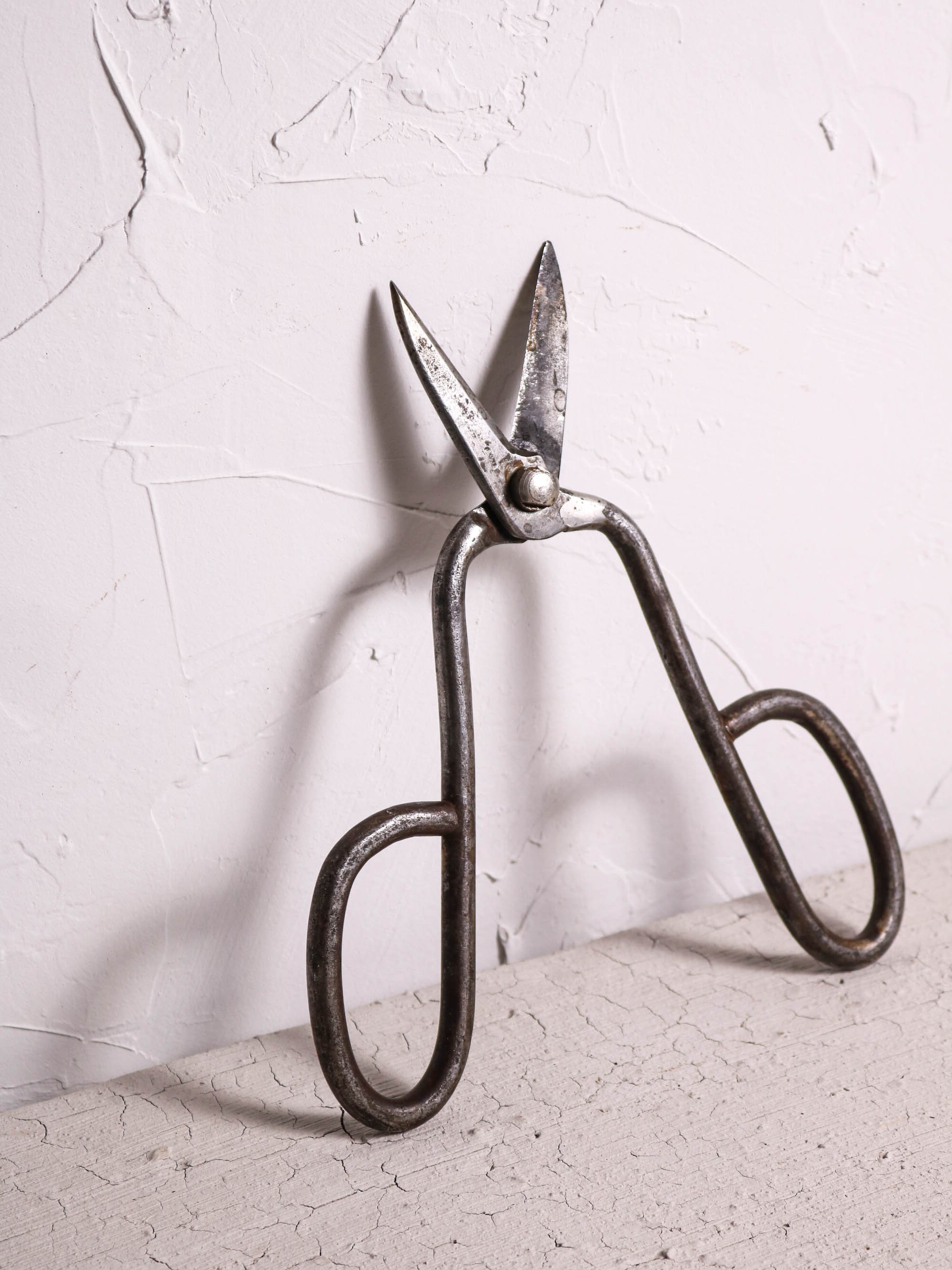
Fig. 4 Trim shears. Probably French turn of the century. These are a popular in pre-war Italian toolboxes. They can be seen on Lino's bench until his retirement. This pair came from a glassblower who worked at Seguso's alongside Lino when they were children.

Fig. 4 Trim shears. Probably French turn of the century. These are a popular in pre-war Italian toolboxes. They can be seen on Lino's bench until his retirement. This pair came from a glassblower who worked at Seguso's alongside Lino when they were children.

Fig. 4 Trim shears. Probably French turn of the century. These are a popular in pre-war Italian toolboxes. They can be seen on Lino's bench until his retirement. This pair came from a glassblower who worked at Seguso's alongside Lino when they were children.

Fig. 4 Trim shears. Probably French turn of the century. These are a popular in pre-war Italian toolboxes. They can be seen on Lino's bench until his retirement. This pair came from a glassblower who worked at Seguso's alongside Lino when they were children.

Fig. 4 Trim shears. Probably French turn of the century. These are a popular in pre-war Italian toolboxes. They can be seen on Lino's bench until his retirement. This pair came from a glassblower who worked at Seguso's alongside Lino when they were children.

Fig. 4 Trim shears. Probably French turn of the century. These are a popular in pre-war Italian toolboxes. They can be seen on Lino's bench until his retirement. This pair came from a glassblower who worked at Seguso's alongside Lino when they were children.

Fig. 5 Trim shears. Probably French turn of the century. These are a popular in pre-war Italian toolboxes. This pair came from a glassblower who worked at Seguso's alongside Lino when they were children. This pair has three notches carved in the handles which I am told often signifies decades of service, so three in this case. This could also just be decorative.

Fig. 5 Trim shears. Probably French turn of the century. These are a popular in pre-war Italian toolboxes. This pair came from a glassblower who worked at Seguso's alongside Lino when they were children. This pair has three notches carved in the handles which I am told often signifies decades of service, so three in this case. This could also just be decorative.

Fig. 5 Trim shears. Probably French turn of the century. These are a popular in pre-war Italian toolboxes. This pair came from a glassblower who worked at Seguso's alongside Lino when they were children. This pair has three notches carved in the handles which I am told often signifies decades of service, so three in this case. This could also just be decorative.

Fig. 5 Trim shears. Probably French turn of the century. These are a popular in pre-war Italian toolboxes. This pair came from a glassblower who worked at Seguso's alongside Lino when they were children. This pair has three notches carved in the handles which I am told often signifies decades of service, so three in this case. This could also just be decorative.

Fig. 5 Trim shears. Probably French turn of the century. These are a popular in pre-war Italian toolboxes. This pair came from a glassblower who worked at Seguso's alongside Lino when they were children. This pair has three notches carved in the handles which I am told often signifies decades of service, so three in this case. This could also just be decorative.

Fig. 5 Trim shears. Probably French turn of the century. These are a popular in pre-war Italian toolboxes. This pair came from a glassblower who worked at Seguso's alongside Lino when they were children. This pair has three notches carved in the handles which I am told often signifies decades of service, so three in this case. This could also just be decorative.

Fig. 5 Trim shears. Probably French turn of the century. These are a popular in pre-war Italian toolboxes. This pair came from a glassblower who worked at Seguso's alongside Lino when they were children. This pair has three notches carved in the handles which I am told often signifies decades of service, so three in this case. This could also just be decorative.

Fig. 6 Trim shears. Probably French turn of the century. These are a popular in pre-war Italian toolboxes. This pair came from a glassblower who worked at Seguso's alongside Lino when they were children.

Fig. 6 Trim shears. Probably French turn of the century. These are a popular in pre-war Italian toolboxes. This pair came from a glassblower who worked at Seguso's alongside Lino when they were children.

Fig. 6 Trim shears. Probably French turn of the century. These are a popular in pre-war Italian toolboxes. This pair came from a glassblower who worked at Seguso's alongside Lino when they were children.

Fig. 6 Trim shears. Probably French turn of the century. These are a popular in pre-war Italian toolboxes. This pair came from a glassblower who worked at Seguso's alongside Lino when they were children.

Fig. 6 Trim shears. Probably French turn of the century. These are a popular in pre-war Italian toolboxes. This pair came from a glassblower who worked at Seguso's alongside Lino when they were children.

Fig. 7 Small Gaio Arturo trim shears.

Fig. 7 Small Gaio Arturo trim shears.

Fig. 7 Small Gaio Arturo trim shears.

Fig. 7 Small Gaio Arturo trim shears.

Fig. 7 Small Gaio Arturo trim shears.

Fig. 7 Small Gaio Arturo trim shears.

Fig. 7 Small Gaio Arturo trim shears.

Fig. 8 Medium Arturo bubble shears.

Fig. 8 Medium Arturo bubble shears.

Fig. 8 Medium Arturo bubble shears.

Fig. 8 Medium Arturo bubble shears.

Fig. 8 Medium Arturo bubble shears.

Fig. 9 Medium Arturo trim shears. Notice the tips don't come to a point which allows you to stay in the cut when trimming a lip.

Fig. 9 Medium Arturo trim shears. Notice the tips don't come to a point which allows you to stay in the cut when trimming a lip.
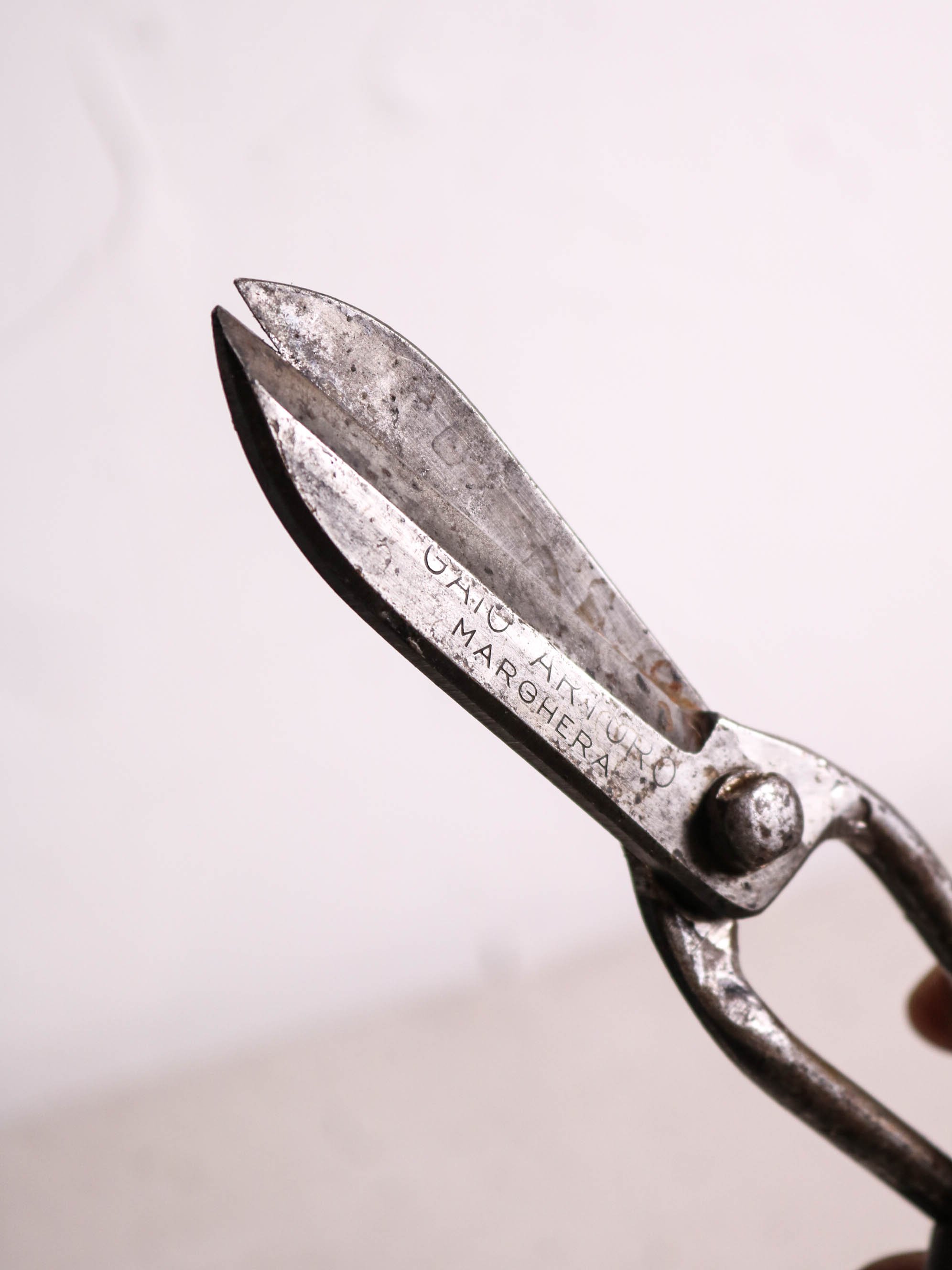
Fig. 9 Medium Arturo trim shears. Notice the tips don't come to a point which allows you to stay in the cut when trimming a lip.
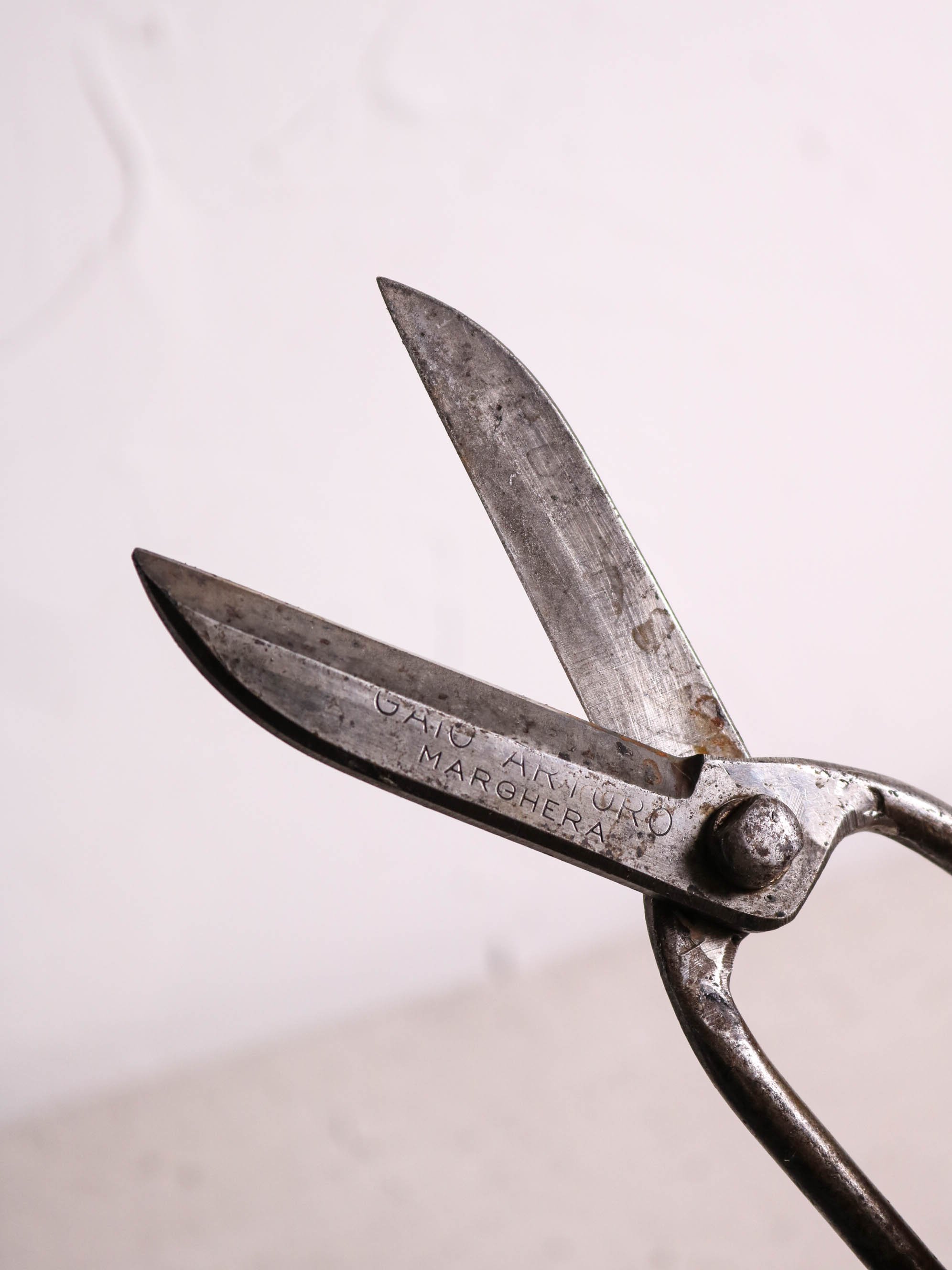
Fig. 9 Medium Arturo trim shears. Notice the tips don't come to a point which allows you to stay in the cut when trimming a lip.

Fig. 9 Medium Arturo trim shears. Notice the tips don't come to a point which allows you to stay in the cut when trimming a lip.

Fig. 9 Medium Arturo trim shears. Notice the tips don't come to a point which allows you to stay in the cut when trimming a lip.

FIg. 10 Extra large Gaio Arturo bubble shears.

FIg. 10 Extra large Gaio Arturo bubble shears.
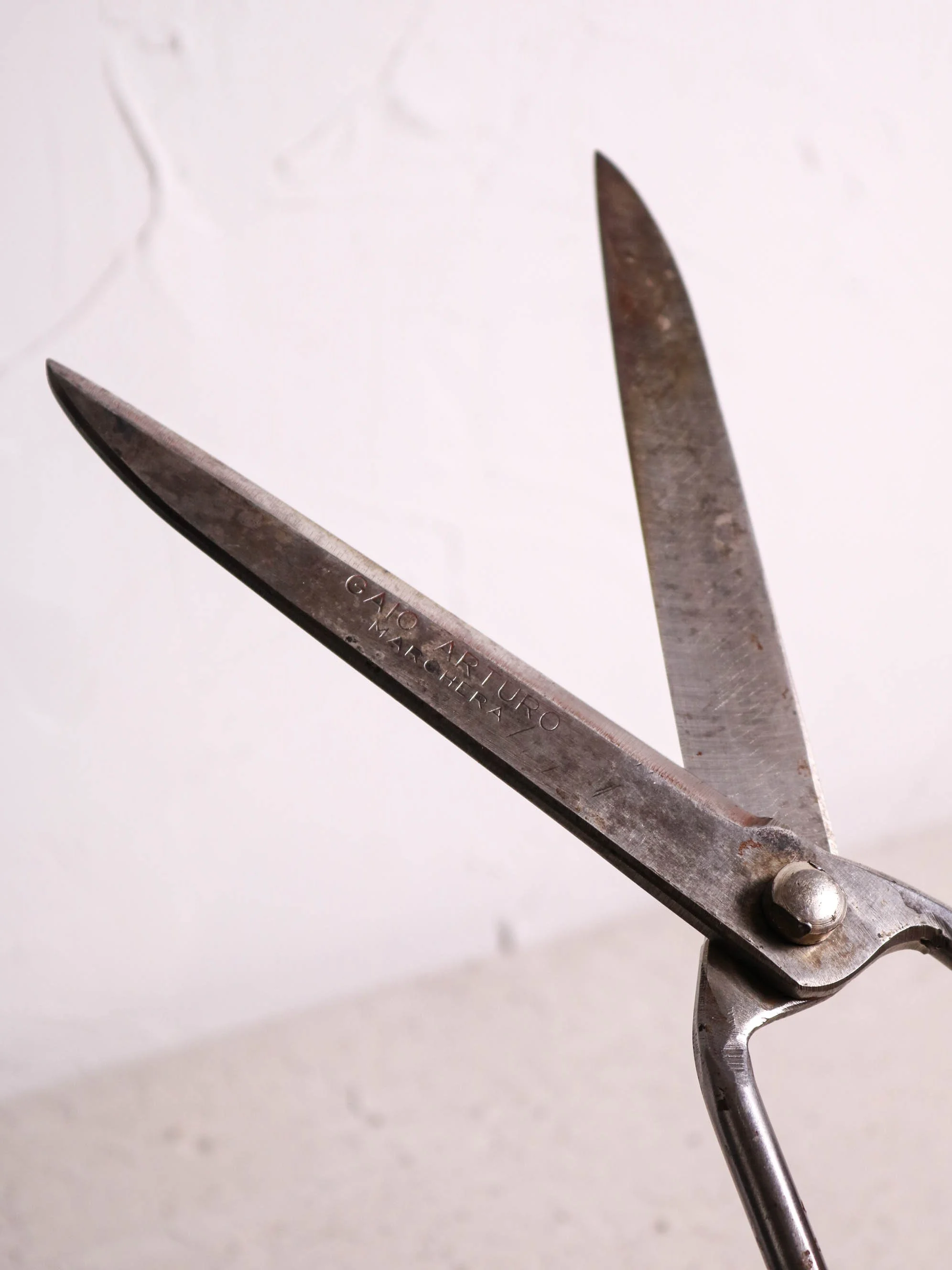
FIg. 10 Extra large Gaio Arturo bubble shears.

FIg. 10 Extra large Gaio Arturo bubble shears.

FIg. 10 Extra large Gaio Arturo bubble shears.
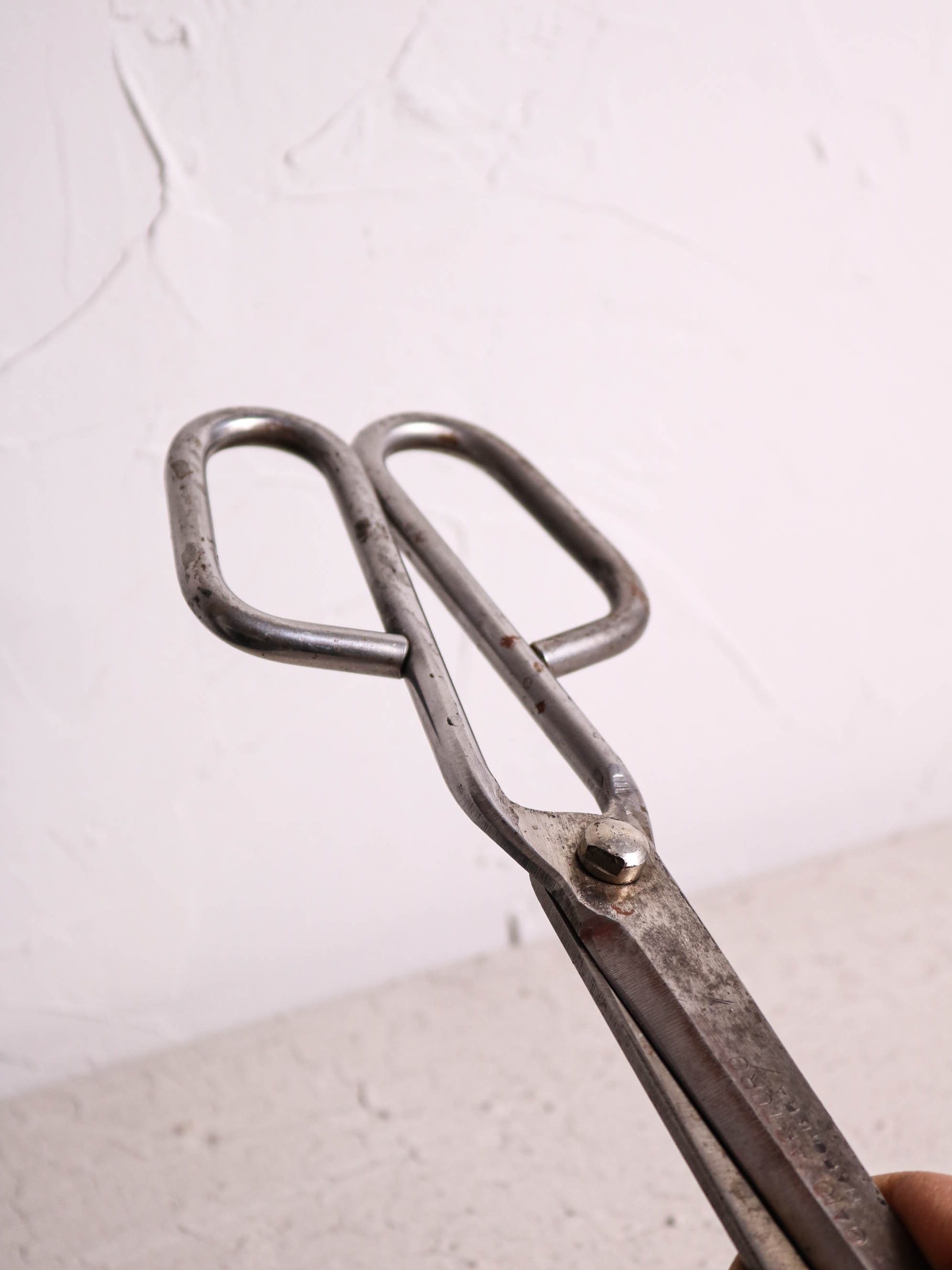
FIg. 10 Extra large Gaio Arturo bubble shears.
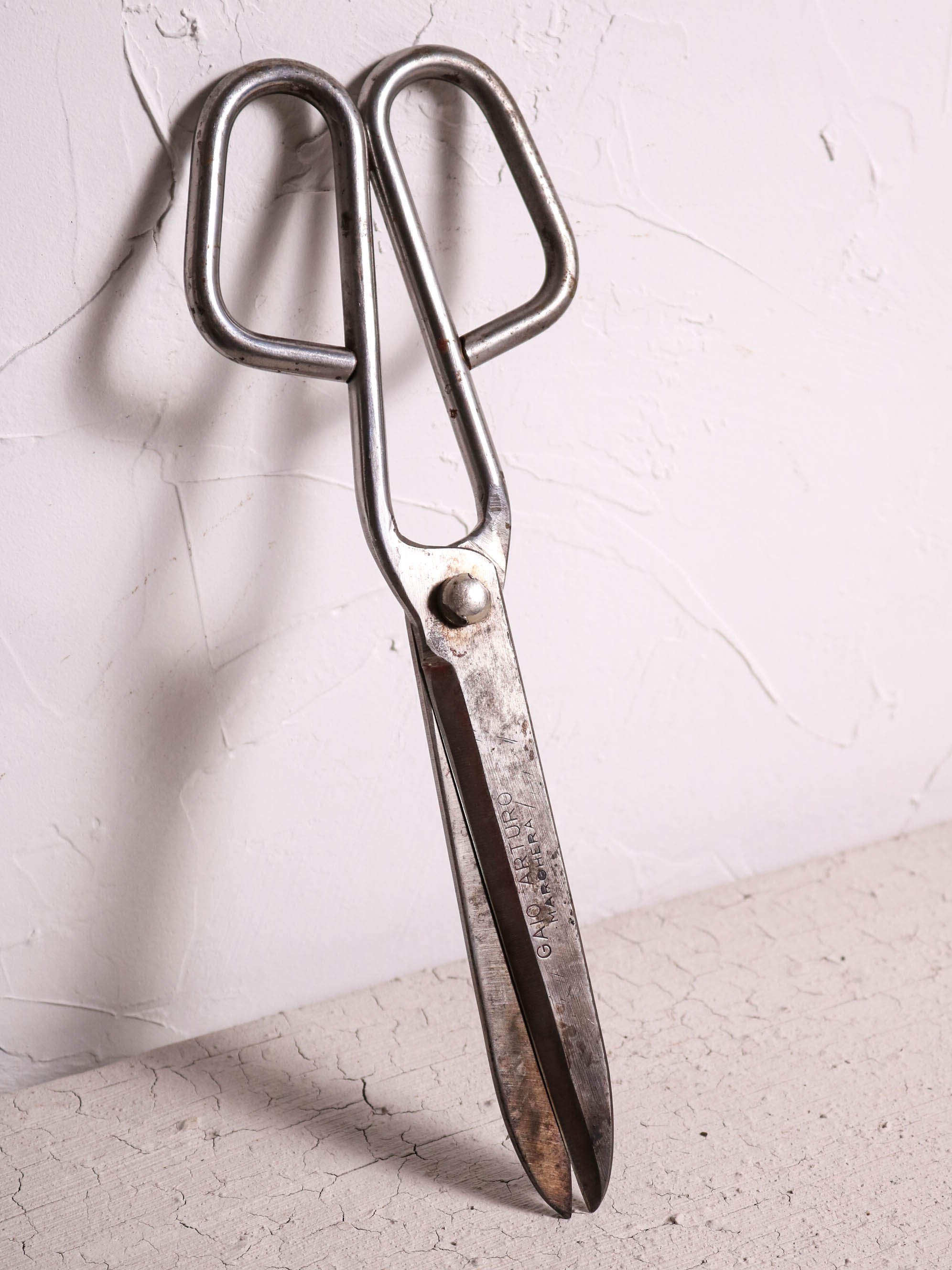
FIg. 10 Extra large Gaio Arturo bubble shears.

Fig. 11 Post 1972 Asheville-made Putsch trim shears. Daily drivers.

Fig. 11 Post 1972 Asheville-made Putsch trim shears. Daily drivers.

Fig. 11 Post 1972 Asheville-made Putsch trim shears. Daily drivers.
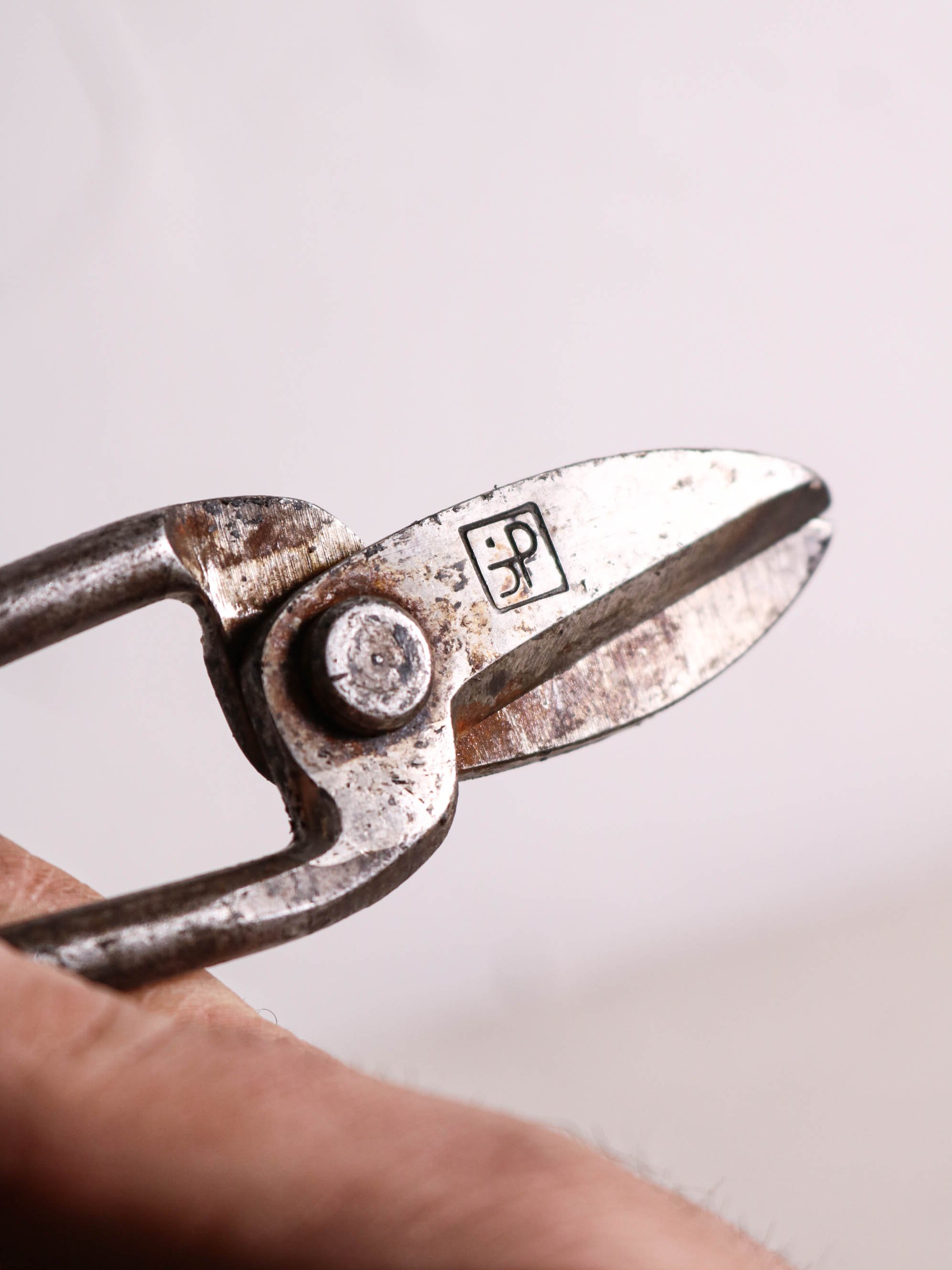
Fig. 11 Post 1972 Asheville-made Putsch trim shears. Daily drivers.

Fig. 11 Post 1972 Asheville-made Putsch trim shears. Daily drivers.

Fig. 11 Post 1972 Asheville-made Putsch trim shears. Daily drivers.
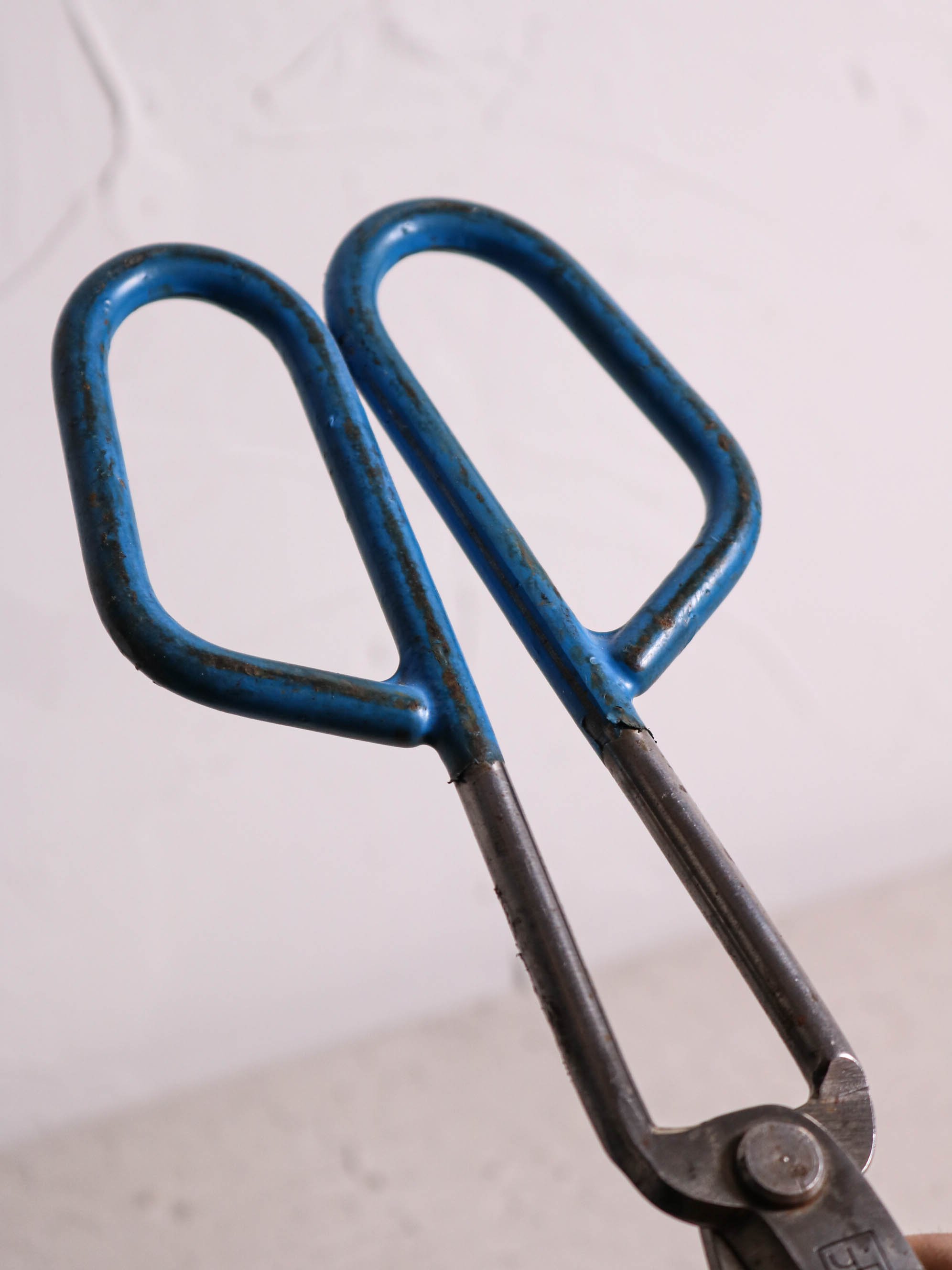
Fig. 12 Post 1972 Asheville-made Putsch trim shears.

Fig. 12 Post 1972 Asheville-made Putsch trim shears.

Fig. 12 Post 1972 Asheville-made Putsch trim shears.

Fig. 13 Putsch Meniconi bubble shears.

Fig. 13 Putsch Meniconi bubble shears.
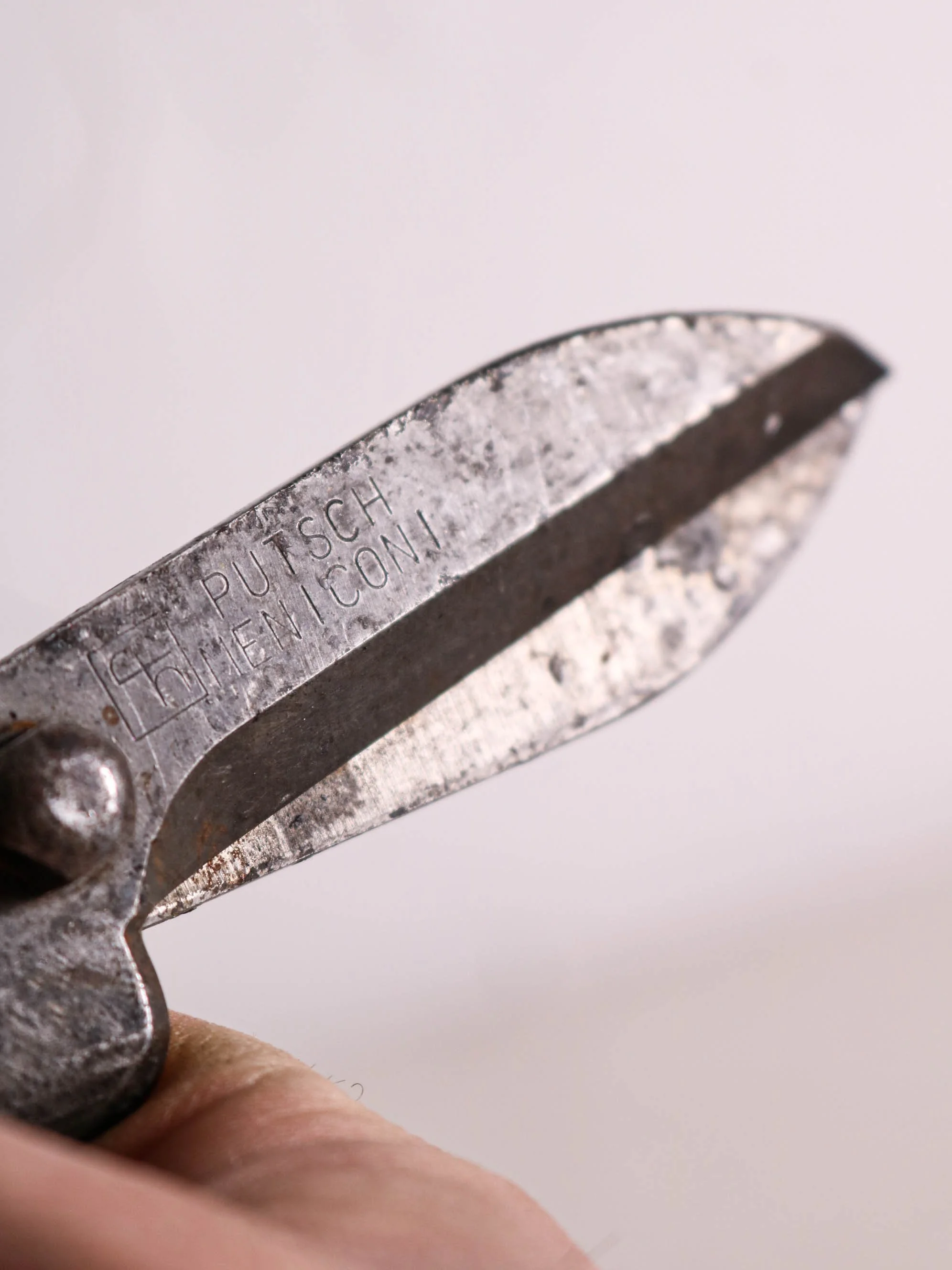
Fig. 13 Putsch Meniconi bubble shears.

Fig. 13 Putsch Meniconi bubble shears.

Fig. 13 Putsch Meniconi bubble shears.

Fig. 13 Putsch Meniconi bubble shears.

FIg. 14 Asheville-made Putsch bubble shears. Marked Edelstahl.

FIg. 14 Asheville-made Putsch bubble shears. Marked Edelstahl.

FIg. 14 Asheville-made Putsch bubble shears. Marked Edelstahl.

FIg. 14 Asheville-made Putsch bubble shears. Marked Edelstahl.

FIg. 14 Asheville-made Putsch bubble shears. Marked Edelstahl.

FIg. 14 Asheville-made Putsch bubble shears. Marked Edelstahl.

FIg. 14 Asheville-made Putsch bubble shears. Marked Edelstahl.

FIg. 14 Asheville-made Putsch bubble shears. Marked Edelstahl.

Fig. 15 Lindstrom & Co. trim shears. Hard-faced blades, forge welded serpentine stems, tapered handles.

Fig. 15 Lindstrom & Co. trim shears. Hard-faced blades, forge welded serpentine stems, tapered handles.
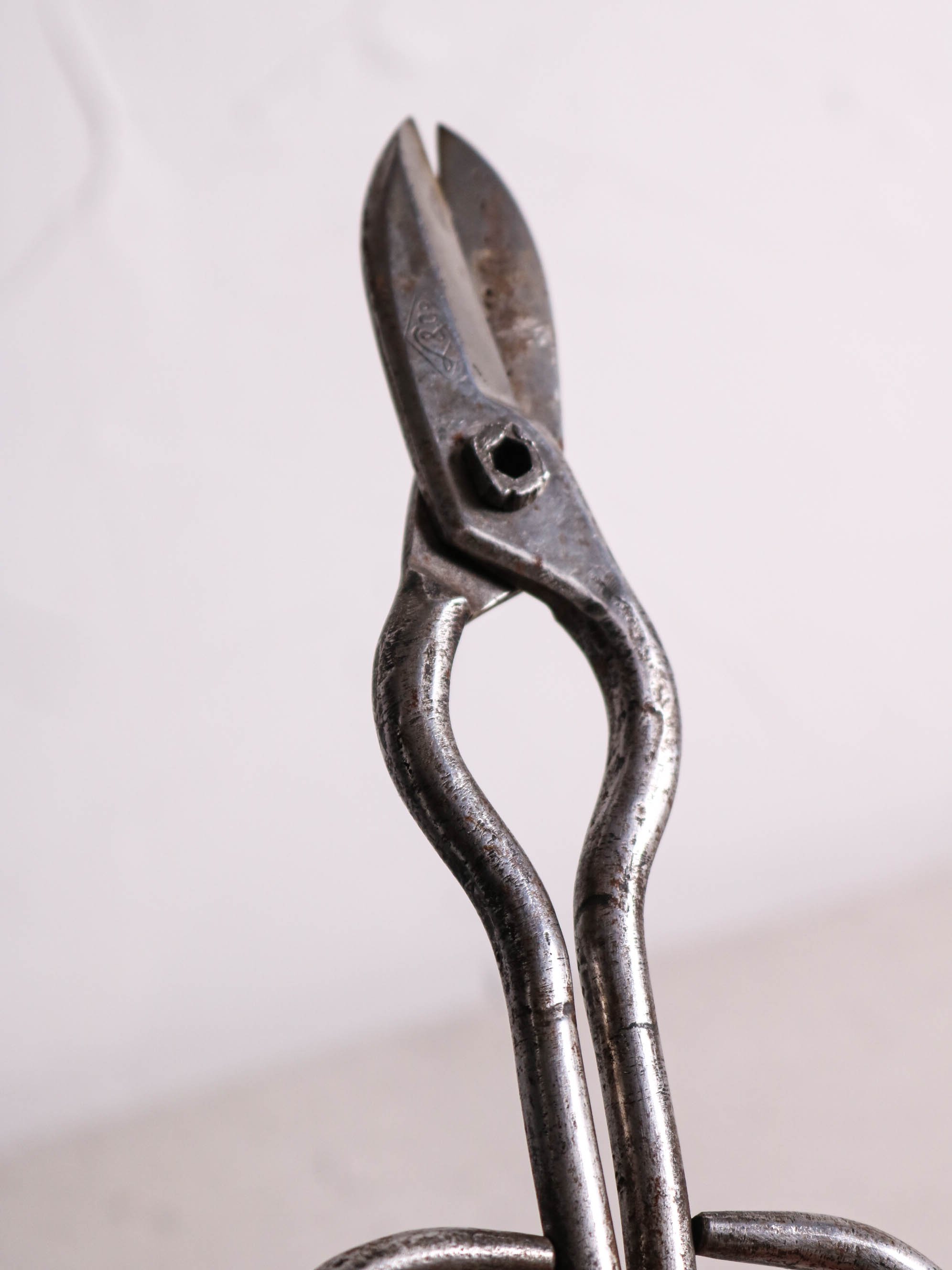
Fig. 15 Lindstrom & Co. trim shears. Hard-faced blades, forge welded serpentine stems, tapered handles.

Fig. 15 Lindstrom & Co. trim shears. Hard-faced blades, forge welded serpentine stems, tapered handles.
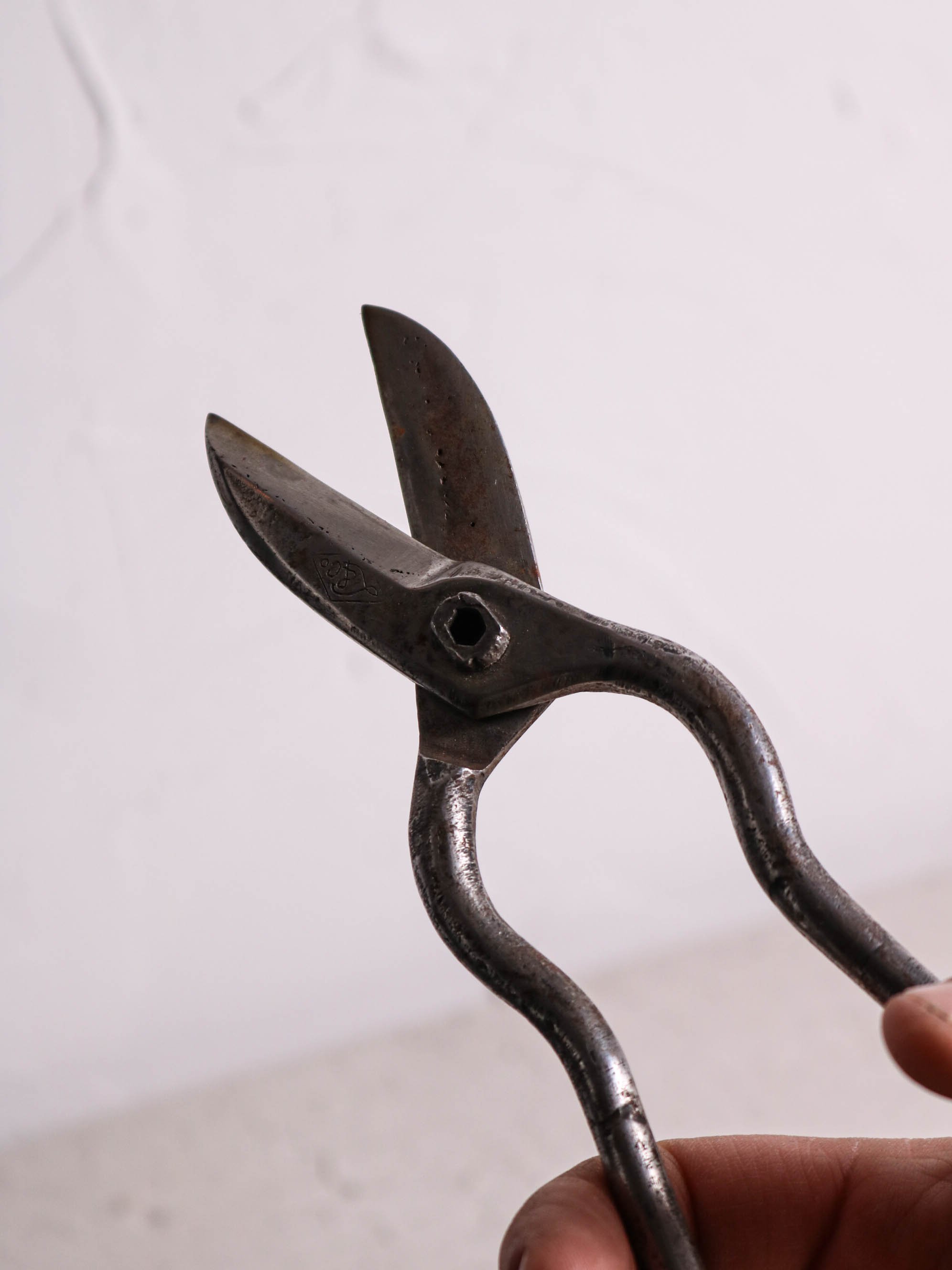
Fig. 15 Lindstrom & Co. trim shears. Hard-faced blades, forge welded serpentine stems, tapered handles.

Fig. 16 Old shears, probably from a sheep. Unclear of the history of these. Notched and feature characteristics consistent with production work of some kind.

Fig. 16 Old shears, probably from a sheep. Unclear of the history of these. Notched and feature characteristics consistent with production work of some kind.

Fig. 16 Old shears, probably from a sheep. Unclear of the history of these. Notched and feature characteristics consistent with production work of some kind.

Fig. 16 Old shears, probably from a sheep. Unclear of the history of these. Notched and feature characteristics consistent with production work of some kind.

Fig. 16 Old shears, probably from a sheep. Unclear of the history of these. Notched and feature characteristics consistent with production work of some kind.

Fig. 16 Old shears, probably from a sheep. Unclear of the history of these. Notched and feature characteristics consistent with production work of some kind.

Fig. 16 Old shears, probably from a sheep. Unclear of the history of these. Notched and feature characteristics consistent with production work of some kind.

Fig. 16 Old shears, probably from a sheep. Unclear of the history of these. Notched and feature characteristics consistent with production work of some kind.

Fig. 16 Old shears, probably from a sheep. Unclear of the history of these. Notched and feature characteristics consistent with production work of some kind.
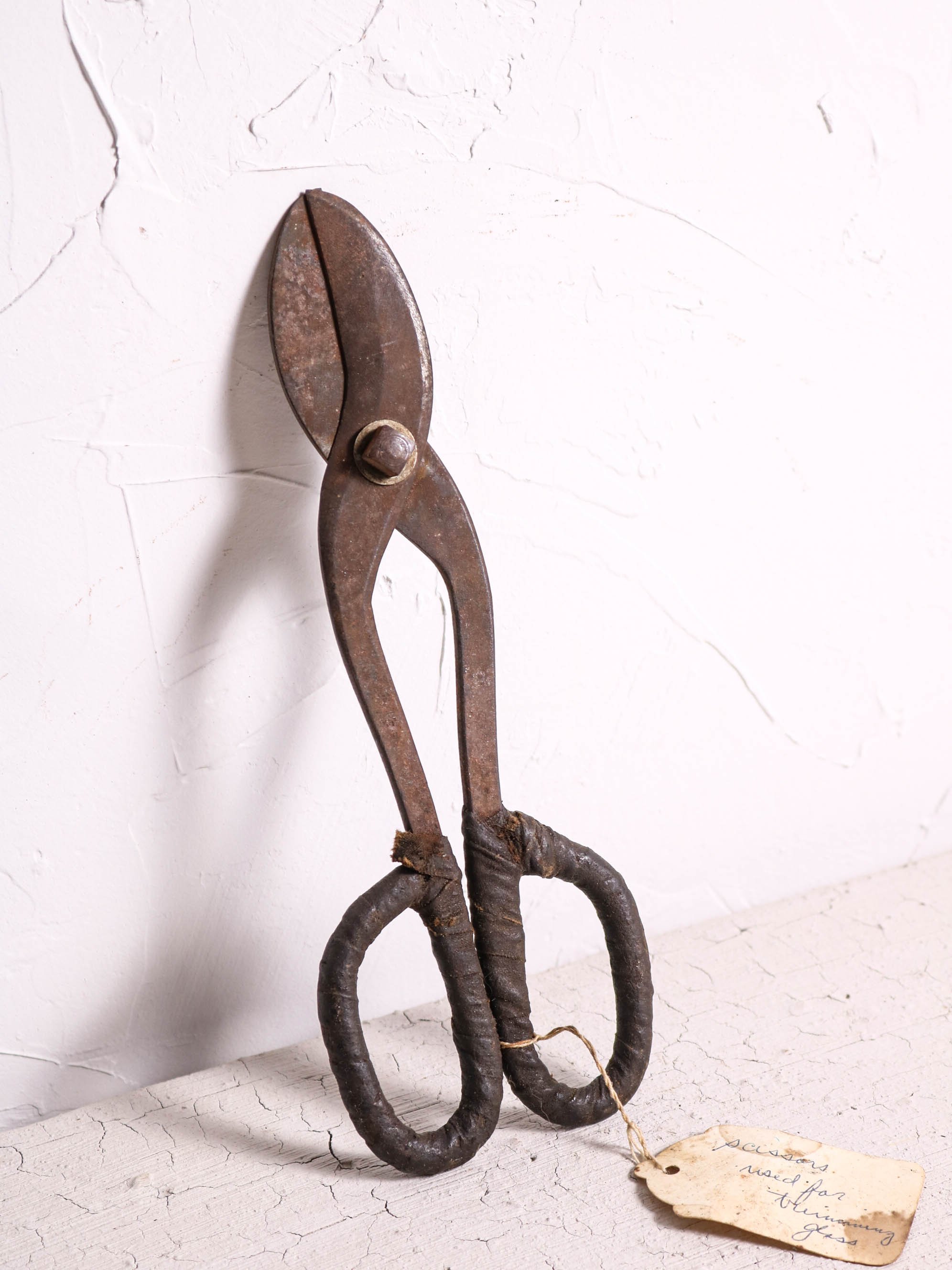
Fig. 17 Old glass factory tin snips, used to cut glass. Came from a museum of antique glassblowing tools.

Fig. 17 Old glass factory tin snips, used to cut glass. Came from a museum of antique glassblowing tools.

Fig. 17 Old glass factory tin snips, used to cut glass. Came from a museum of antique glassblowing tools.

Fig. 17 Old glass factory tin snips, used to cut glass. Came from a museum of antique glassblowing tools.

Fig. 17 Old glass factory tin snips, used to cut glass. Came from a museum of antique glassblowing tools.

Fig. 18 Antique industrial shears that are used extensively in the glass studio. They feature hard-faced blades and extremely fast action.

Fig. 18 Antique industrial shears that are used extensively in the glass studio. They feature hard-faced blades and extremely fast action.

Fig. 18 Antique industrial shears that are used extensively in the glass studio. They feature hard-faced blades and extremely fast action.

Fig. 18 Antique industrial shears that are used extensively in the glass studio. They feature hard-faced blades and extremely fast action.
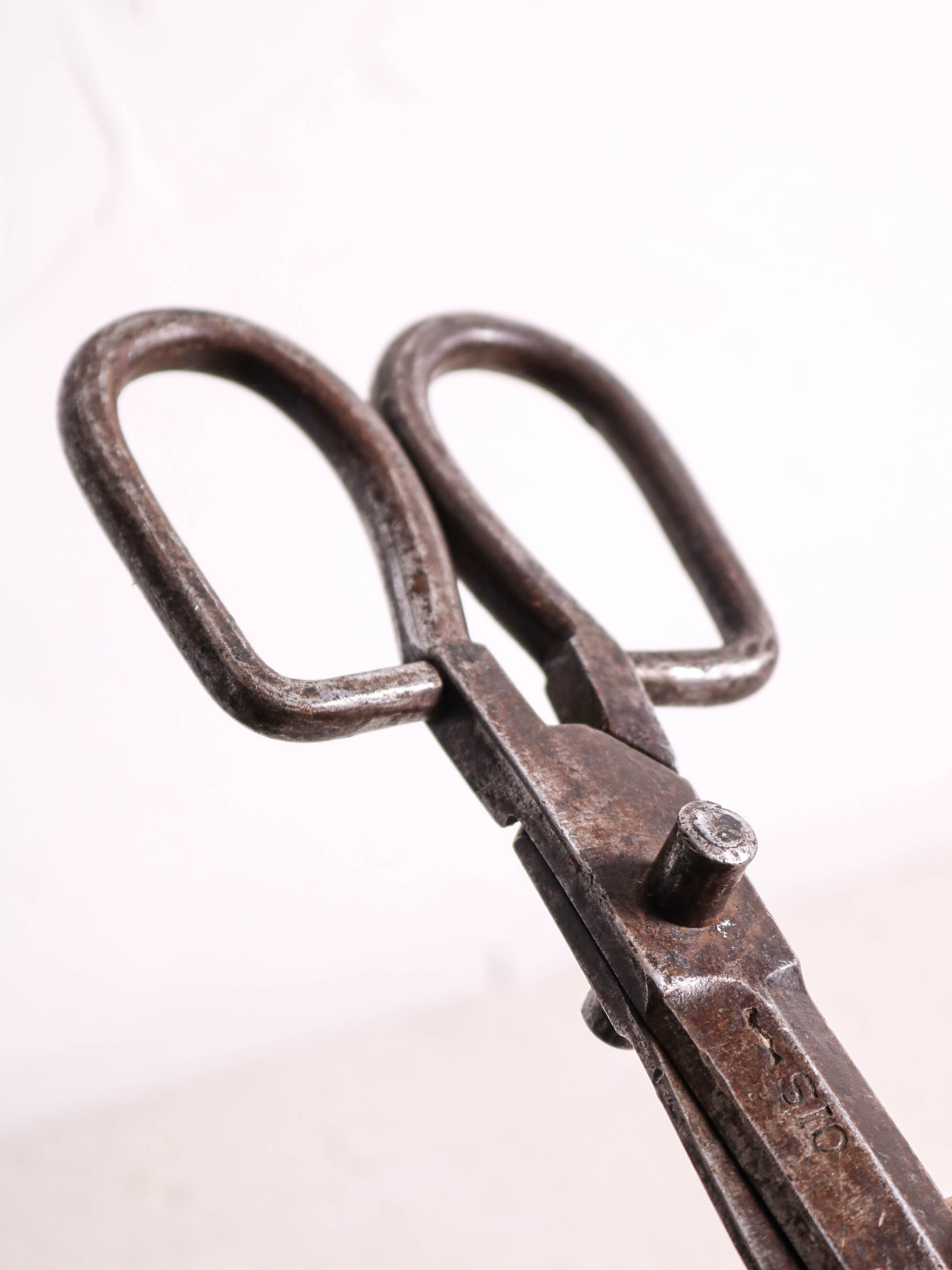
Fig. 18 Antique industrial shears that are used extensively in the glass studio. They feature hard-faced blades and extremely fast action.

Fig. 18 Antique industrial shears that are used extensively in the glass studio. They feature hard-faced blades and extremely fast action.
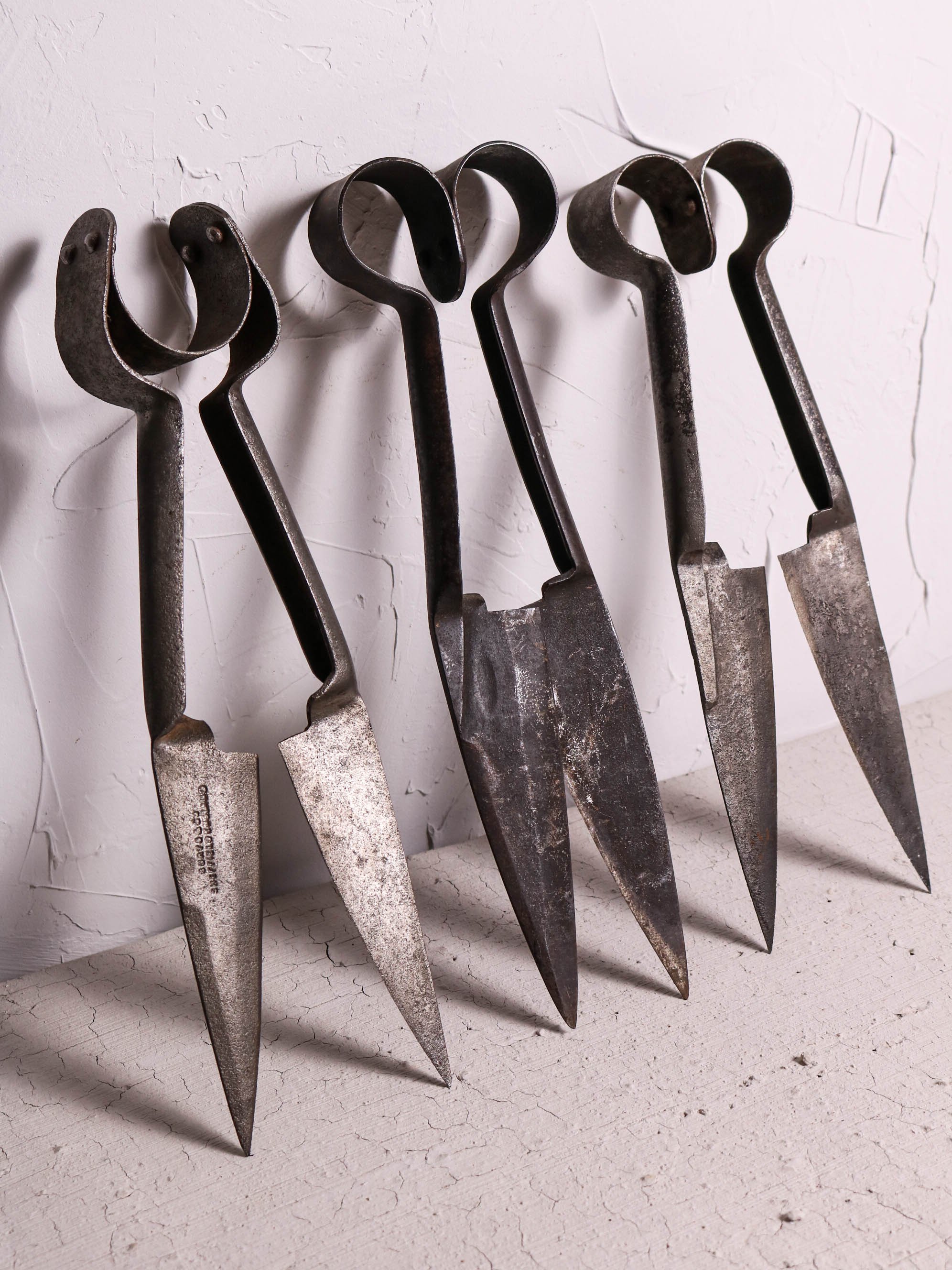
Fig. 19 Sheep Shears. These can still be seen on factory benches everywhere and have always been main stays. I enjoy about these designs that they share a lot of similarities with jacks in how they're made.

